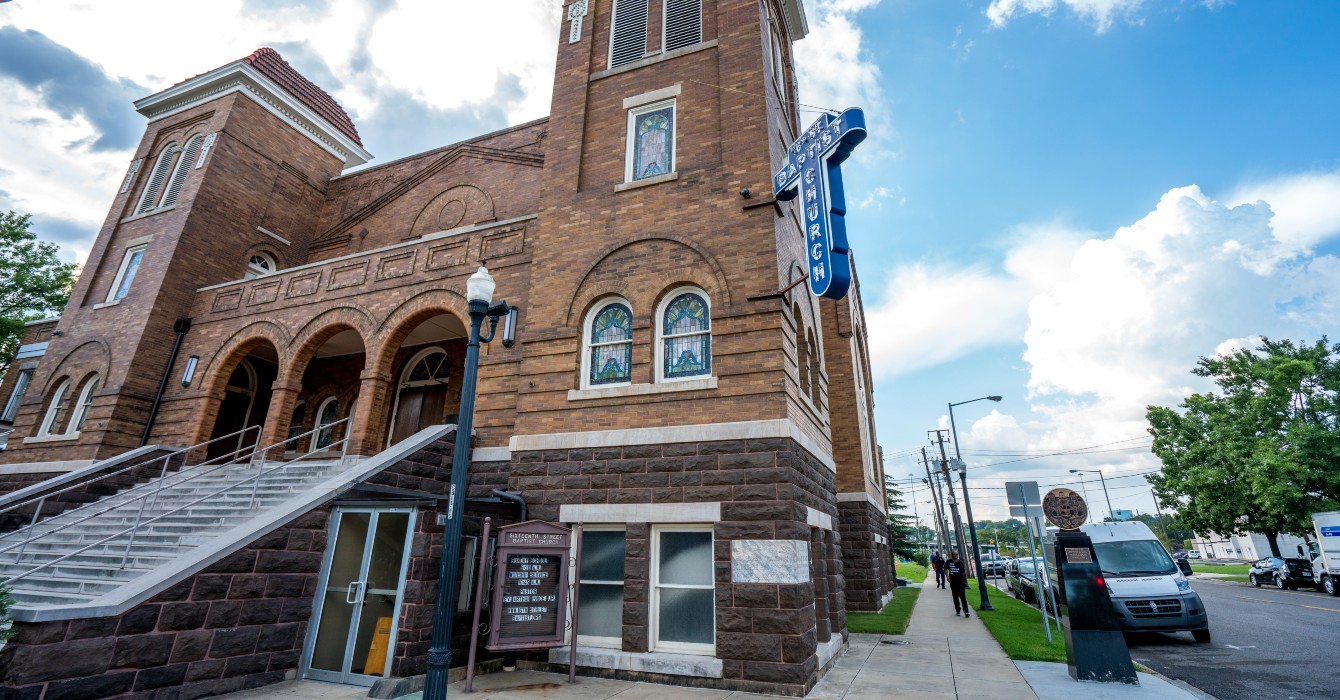As I was driving on a family trip, I heard a re-broadcast of a “This American Life” segment on the great American adventure of summer camps for children and teenagers. The reporters were detailing the various rituals at summer camp, such as singing silly songs, competitions between cabins, zip lines into the lake and talent shows.
“Most of this simply has to do with tradition,” host Ira Glass said. “The special songs and ceremonies are a part of so many American camps, and it's not just because they're fun. A camp director in Wisconsin told us as we were putting together today's program that financially, you cannot run a camp without lots of repeat customers. These traditions bring kids back year after year.”
The children at the camp are singing and scheming and exploring and learning all sorts of things about life. All the activities have some inherent value in the moment for the participants. The camp director knows that by encouraging the same activities over time, these kids will want to come back.
The director does not need to recruit thousands of kids every summer. The director needs a substantial percentage of this summer’s kids to come back and to bring their friends and siblings. The work at the camp is carried out in a way that recruits future campers, including those who become parents and send their kids.
In economic terms, this is a “virtuous cycle” or a series of events that have beneficial impact on the other events. Such cycles are often key ingredients in the financial model of an institution. The cycle creates an effective, low-cost marketing plan, camper recruitment effort and staff training program.
Creating a virtuous cycle isn’t only a key to running a summer camp. It’s a key to sustaining a ministry over time.
Consider what happens when first-year seminary students have such an amazing experience that they tell their friends at college about the seminary and encourage the friends to apply. In the classroom, the primary purpose is to introduce students to the primary bodies of knowledge and formation at the heart of the school. Yet, doing this work with excellence influences how current students study in future classes and how next year’s entering class is recruited.
Perhaps it is easier to see when such a cycle is interrupted. Let’s suppose that a summer camp decides to rename all of its cabins every year and write all new songs every season. The loyalties that campers build over time would be less. The cycle could be broken.
Once upon a time, congregations identified and encouraged their outstanding young people to serve in the ministry. The congregations financially supported their denominations. The denominations provided significant financial support to seminaries. The seminaries provided a very low cost education to students, who were encouraged by their congregations to apply to denominational schools.
Today the cycle has broken. Students are expected to pay to cost of education and often must borrow money.
Effective financial models require virtuous cycles. When old cycles break down, new ones must be established. This requires leaders to discern those activities that are most promising to create unintended positive outcomes. Those activities require doubling down, giving these activities priority in terms of talent, money or other resources.
Virtuous cycles take years to develop. Leaders have to stick with the choices over a long period and continue to encourage those involved. Once in place, a virtuous cycle can support the ministry for years to come. Eventually, the activities will be so ingrained that some of the people don’t even realize all the benefits of their work.
Because of the need many Christian institutions face in developing new financial models, today’s leaders have the unusual opportunity to set up the work of their institutions for a generation to come.







